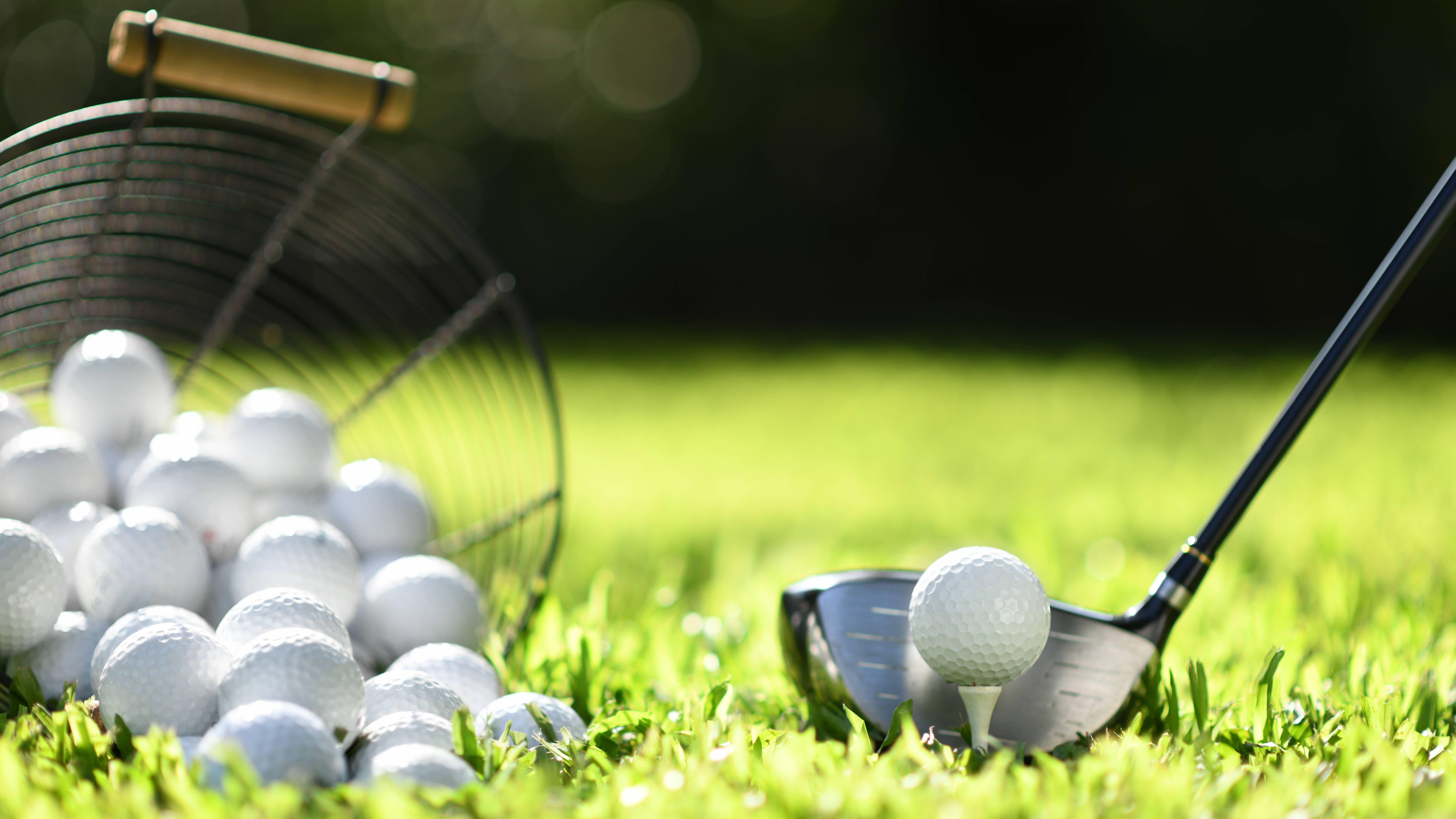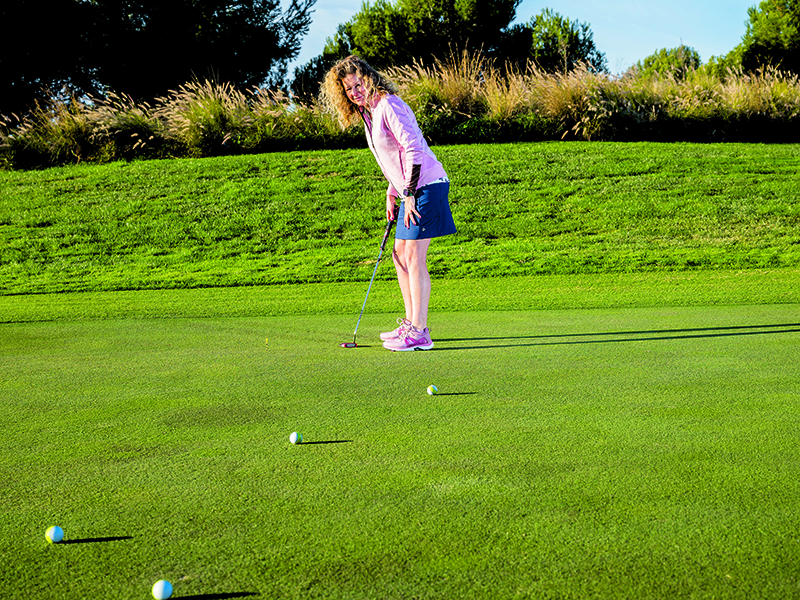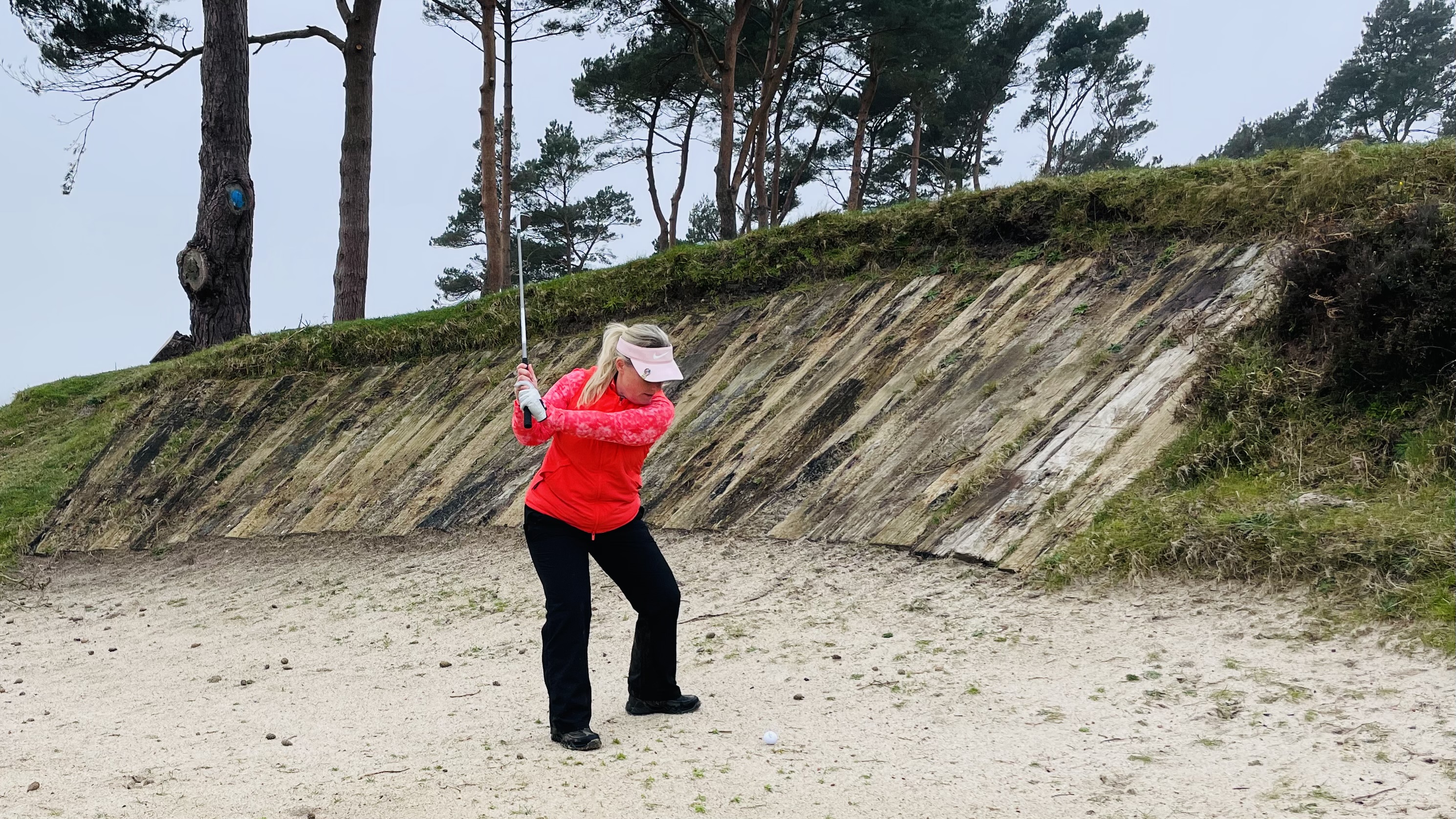
Are you reluctant to go to the practice ground or have no time or inclination to hit balls? You’re not alone. Many men and women admit that they never practice, yet according to the latest Arccos data, the typical mid-handicapper would benefit enormously from choosing to practice, rather than playing golf for an extra hour or two a week.
I’m sure I’m not alone in saying that I find practicing boring. It doesn’t matter how much of a fun spin I try to put on it by aiming at targets, experimenting with shaping shots, trying to ‘play the course’ on the range by using different clubs, it simply doesn’t excite me. Beating a bucket of balls is still boring! Yet I’m the first to admit that when I do put in a small amount of time at the practice ground, even just one basket of balls a week to work on a swing move, it pays dividends.
While playing may be the more convenient and fun choice, it certainly isn’t the choice that will reward you with improvement. You won’t magically hit more greens or make more putts just by playing more. That’s where practice comes in. The beauty of practice is the monotony of repetition builds muscle memory. Practicing gives you the opportunity to figure out what feels right and what works before you are out on the course. There’s no point trying to fix a fault during a round of golf, you are better off just trying to play with it and scramble your way round.
Know WHAT To Practice
Keeping a record of your stats, like the number of fairways and greens you hit in regulation, is the only true way to understand the areas of your game that are the weakest and where you can make the most improvement. Thankfully there are some cracking golf apps that take the chore of keeping analytics alongside your scorecard away. One of them is Arccos Golf.
The statisticians among you will be fascinated to know some of the facts that prove the benefits of practice based on the performance of different handicap groups. Performance data benchmark numbers supplied by Arccos Golf certainly makes compelling reading. Did you know, for instance, that women playing off a handicap of five or below hit 56% of greens in regulation, versus a 20-handicapper who hits just 20%
These stats are compiled using sophisticated software that tracks the shots Arccos users hit with every club in the bag via a smart sensor cleverly installed in the grip of the club. The averages are taken from Arccos users who clock over 3.5 million rounds of golf (that’s 180 million shots) over 12 months.
Another one that stands out for me is the percentage of birdies, pars and bogeys made by different handicappers. The most interesting take-out here is that making more birdies per round isn’t the key to lower scores, it’s actually just keeping the big numbers off the scorecard. This is proven by the fact that a single figure golfer playing off five only averages one or two birdies per round, but what they do best is make a minimum of 9 pars - that’s triple the number of pars that the 20-handicapper makes. And guess what? In order to achieve this level of consistency takes practice.

Plan Your Practice
Structure is the key to improving. That means heading to the driving range, short game area or putting green with a plan. Instead of just hitting a basket of balls, set yourself targets before you start like the number of shots you hit within X yards of a flag. To improve your skills, try to hit five draws (right-to-left), five fades (left-to-right), five high shots and five low shots. The last five balls can be used for a nearest the pin challenge or simply working on a swing move or feeling.
The same applies to the short game. Don’t just chip mindlessly at flags. Have a purpose. On the putting green you might set the goal of holing 10 two-foot putts in a row before leaving or lagging 10 30-foot putts within tap-in range. The Arccos scratch golfer holes 97% of 0-2 foot putts. The 20-handicapper just 85%. The gap gets even wider the further from the hole you putt from, which explains why the average scratch golfer takes no three putts, versus a 20-handicapper who records four a round. The difference of putts per round between a scratch and 20-handicapper is a whopping six putts! All those shots were wasted on the greens.

No Time? No excuse!
You’ve got a busy job and work long hours, or you’re just busy doing other things. Well there’s always a spare hour in every week if you make the time and schedule a practice slot. It could be on a set day to give you structure and make things easier. Plan your practice and you’ll make real progress.
I'm Not Good Enough, It Won't Benefit Me...
Stop making excuses - yes it absolutely will. At any age and any starting ability. I hear high handicappers lamenting their terrible scores all the time, blaming their age on their inability to perform. “I’m too old to improve” is always said with a certain tone of inevitably in sad acceptance of the decline of their game, as if they are one golfing step away from the grave of giving up. Stop the despair. Not being good enough to practice is nonsense. If you’re a high handicapper you have even more reason to hit a basket of balls every week. The stats don’t lie. You’ve got plenty to work on.

Short Game Secret
I talk about practicing the short game with every woman I play with because many are shamefully poor on the greens, usually terrible at lag putting and fail to convert those ‘must-make’ short putts (remember that critical Arccos scoring stat above - scratch golfers have NO three-putts.)
And don’t get me started on how many women I know hate bunkers and tell me they can’t get out! I actually see them aiming away from greens to avoid them! Spend time working on your sand skills as these shots are a scorecard saver. The Arccos average scratch woman gets up and down 39% of the time from a sand shot of 0-25 yards in length. The 20-handicapper makes a feeble 13% of the same saves.
There’s no physical effort required in hitting a chip or a putt and these are the skills that anyone, no matter age or physical ability, can be as good as a tour professional at. So stop making the excuses and take 30 minutes out of your week to head to the short game area with a wedge or two in hand. Putt on the carpet every night. Get one of those fun ball retriever machines that fires the golf ball back at you. Vow to keep the three-putts off your scorecard next round.
No matter what your handicap or ability, the fact is golf is hard and it can take a long time to get good at this game. There’s no secret to getting better at golf. Without a doubt, the more you practice, the better you will get and the more confident you will become. Shooting lower scores and winning the occasional competition is fun! Surely that’s reason enough to practice.







